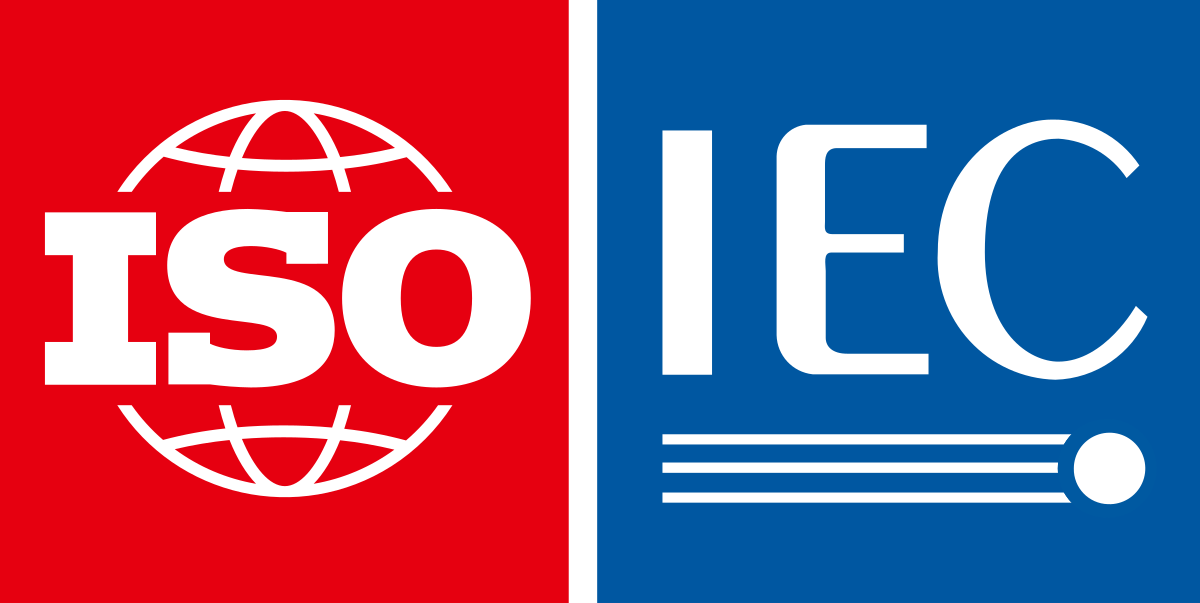Why Is Website Speed Crucial for SEO and Sales?
Explore the direct connection between page load times, search rankings, and conversion rates.
The Speed Imperative
Website speed isn't just about user experience—it's a critical business factor that directly impacts your search rankings, conversion rates, and bottom line. In today's instant-gratification world, every second counts.
Google has made it clear: page speed is a ranking factor. But beyond SEO, speed affects every aspect of your online business, from user satisfaction to sales conversions. Let's explore why speed matters and how to optimize it.
The Real Cost of Slow Websites
The impact of website speed on business metrics is measurable and significant:
Conversion Rate
Amazon loses $1.6 billion annually for every second of delay
Bounce Rate
Google data shows dramatic increases in abandonment
SEO Rankings
Core Web Vitals now official Google ranking signals
User Satisfaction
Mobile users are even less patient than desktop
Google's Core Web Vitals: The New SEO Reality
In 2021, Google made Core Web Vitals official ranking factors. These metrics measure real-world user experience and directly impact your search visibility:
Core Web Vitals Explained
Largest Contentful Paint (LCP)
Time for main content to load
Affects perceived loading speed
First Input Delay (FID)
Time to respond to user interaction
Affects user experience and engagement
Cumulative Layout Shift (CLS)
Visual stability during loading
Prevents frustrating layout jumps
How Speed Affects SEO Rankings
Google's algorithm considers speed in multiple ways:
Direct Ranking Factors
- Page Speed Signal: Faster pages rank higher in search results
- Core Web Vitals: LCP, FID, and CLS are official ranking factors
- Mobile-First Indexing: Mobile speed is prioritized over desktop
- User Experience Signals: Bounce rate and dwell time affect rankings
Indirect SEO Benefits
- Lower bounce rates: Users stay longer on fast sites
- Higher engagement: Fast sites encourage more page views
- Better crawl efficiency: Search bots can crawl more pages
- Improved user signals: Positive user behavior boosts rankings
The Speed-Sales Connection
Website speed directly impacts your conversion rates and sales:
Psychological Impact
- First impressions: Slow sites appear unprofessional
- Trust factors: Speed builds confidence in your business
- Expectation setting: Users expect instant gratification
- Competitive advantage: Faster sites win more customers
Conversion Optimization
- Reduced friction: Fast checkout processes increase sales
- Better form completion: Users complete forms on fast sites
- Increased page views: Users explore more of your site
- Higher return visits: Users remember positive experiences
Proven Speed Optimization Strategies
Here are the most effective ways to improve your website speed:
Images Optimization
Code Optimization
Server Optimization
Mobile Optimization
Mobile Speed: The Critical Factor
With mobile traffic accounting for over 60% of web usage, mobile speed is crucial:
Mobile-Specific Challenges
- Slower networks: 3G and 4G connections are less reliable
- Limited processing power: Mobile devices have less computing power
- Battery concerns: Slow sites drain battery faster
- Impatient users: Mobile users expect instant results
Mobile Optimization Priorities
- Critical resource prioritization: Load essential content first
- Aggressive image optimization: Reduce file sizes dramatically
- Minimal JavaScript: Reduce processing requirements
- AMP implementation: Consider Accelerated Mobile Pages
Measuring and Monitoring Speed
Regular monitoring is essential for maintaining optimal speed:
Essential Speed Testing Tools
- Google PageSpeed Insights: Official Google tool with Core Web Vitals
- GTmetrix: Detailed performance analysis and recommendations
- WebPageTest: Advanced testing with multiple locations
- Google Search Console: Real user data from your visitors
Key Metrics to Track
- Load time: Total time to fully load the page
- Time to First Byte (TTFB): Server response time
- First Contentful Paint: When first content appears
- Speed Index: How quickly content is visually displayed
The Business Case for Speed Investment
Investing in website speed optimization delivers measurable ROI:
Speed Optimization ROI
Immediate Benefits
- Higher conversion rates
- Better search rankings
- Improved user experience
Long-term Value
- Reduced server costs
- Competitive advantage
- Brand reputation boost
Common Speed Mistakes to Avoid
Avoid these common pitfalls that slow down websites:
- Oversized images: Using high-resolution images without optimization
- Too many plugins: Installing unnecessary WordPress plugins
- Poor hosting: Using cheap, slow hosting providers
- Render-blocking resources: CSS and JS that prevent page display
- No caching: Failing to implement proper caching strategies
- Excessive redirects: Creating unnecessary redirect chains
The Future of Website Speed
Speed requirements will only increase as user expectations evolve and Google continues to prioritize user experience. Businesses that invest in speed optimization now will have a significant competitive advantage.
Remember: website speed isn't a one-time fix—it requires ongoing monitoring and optimization as your site grows and evolves.



